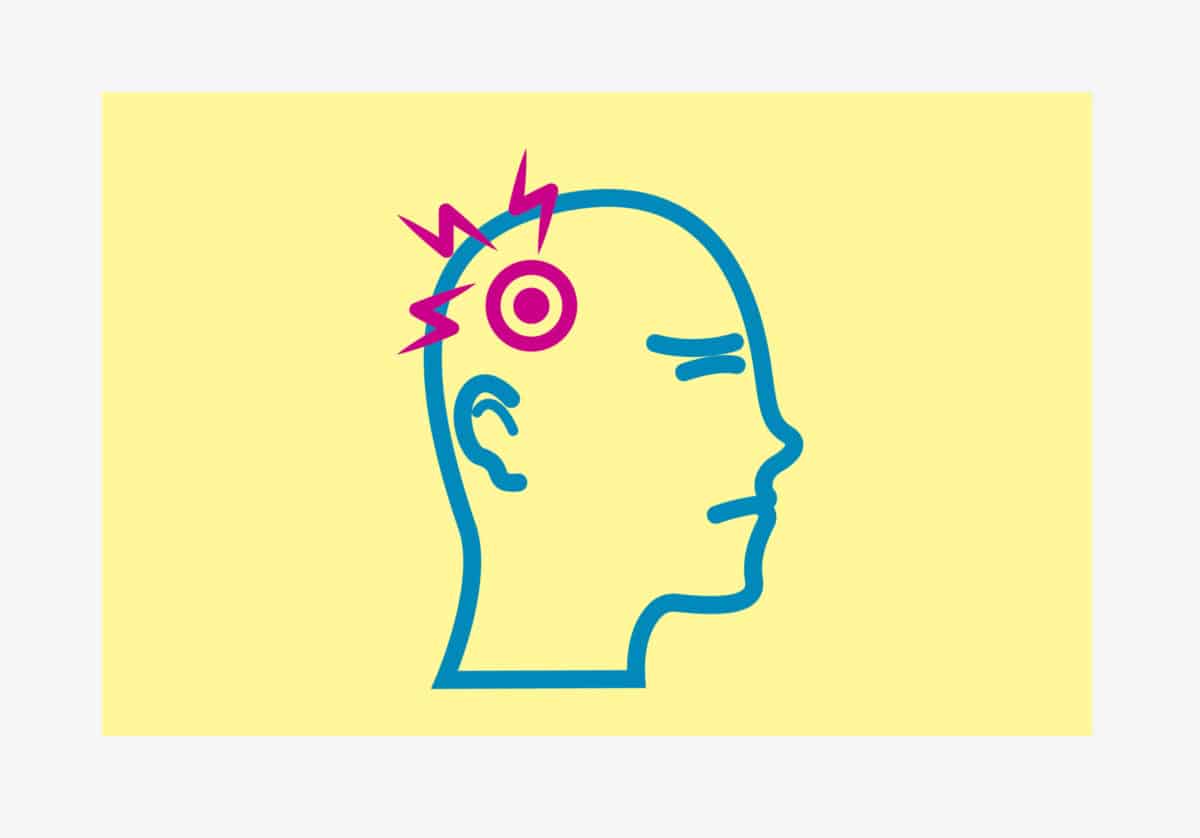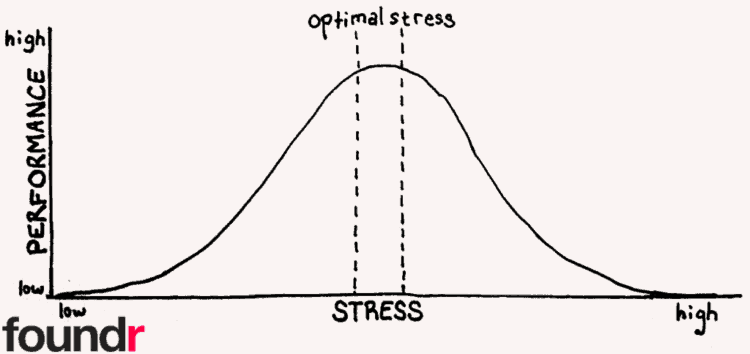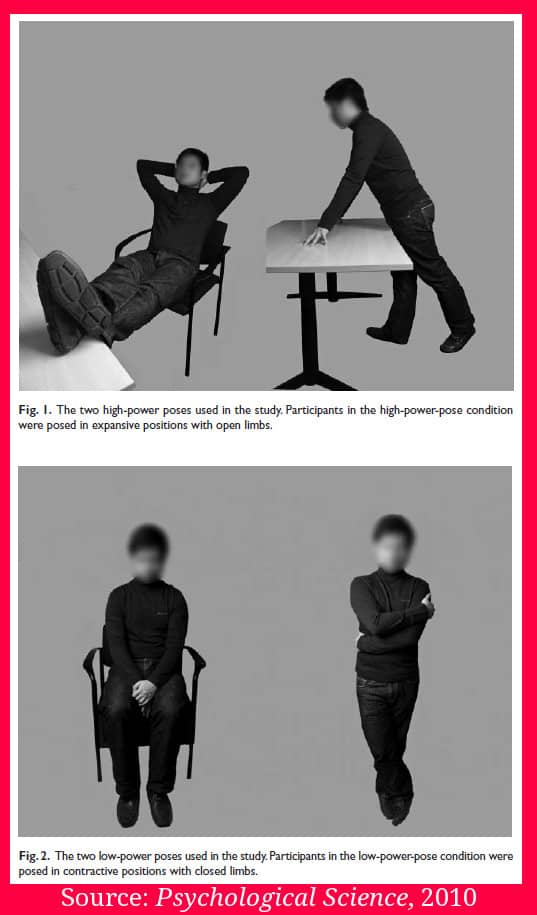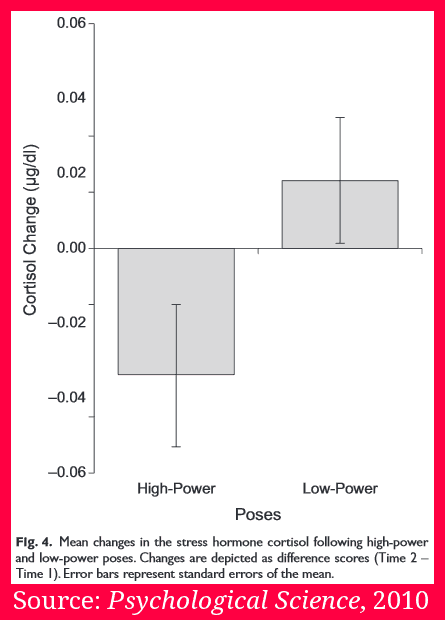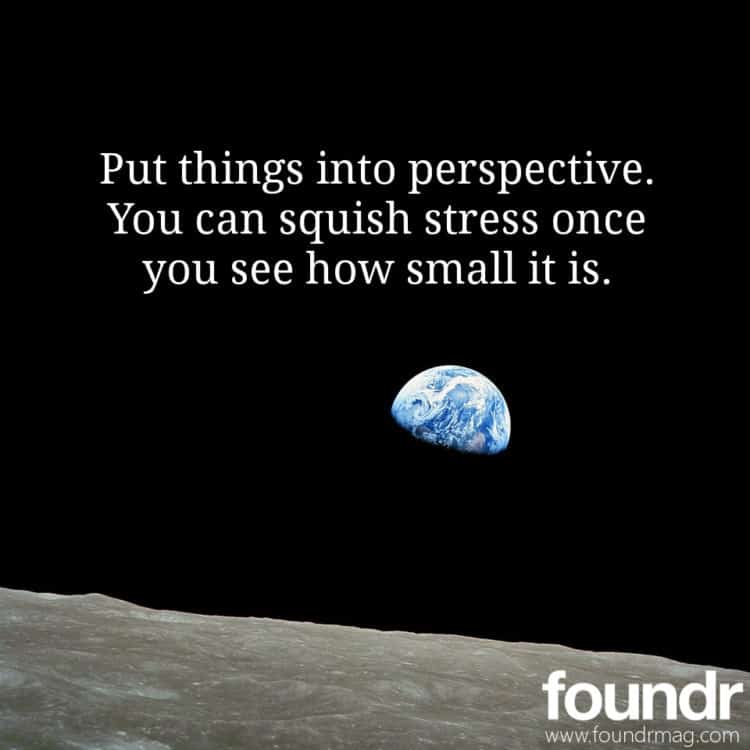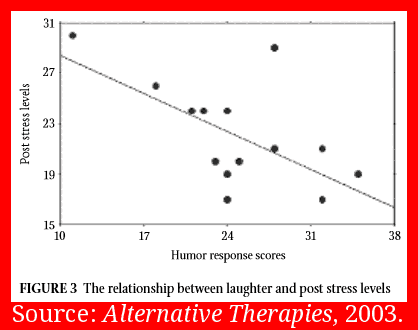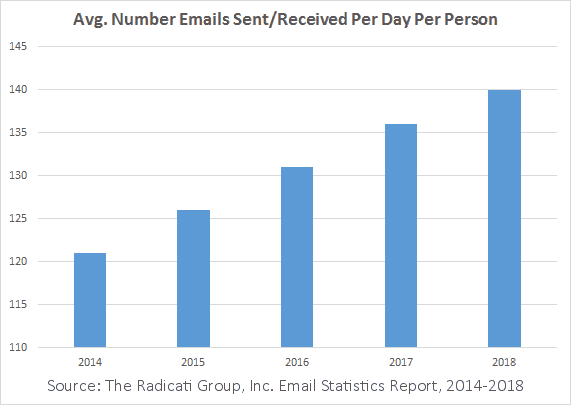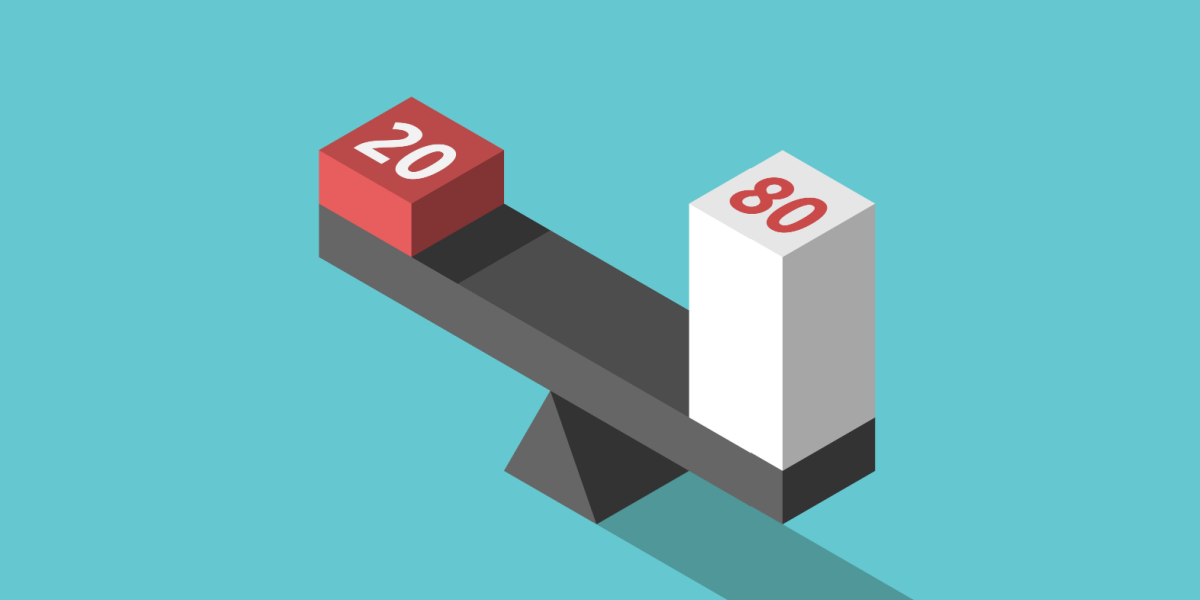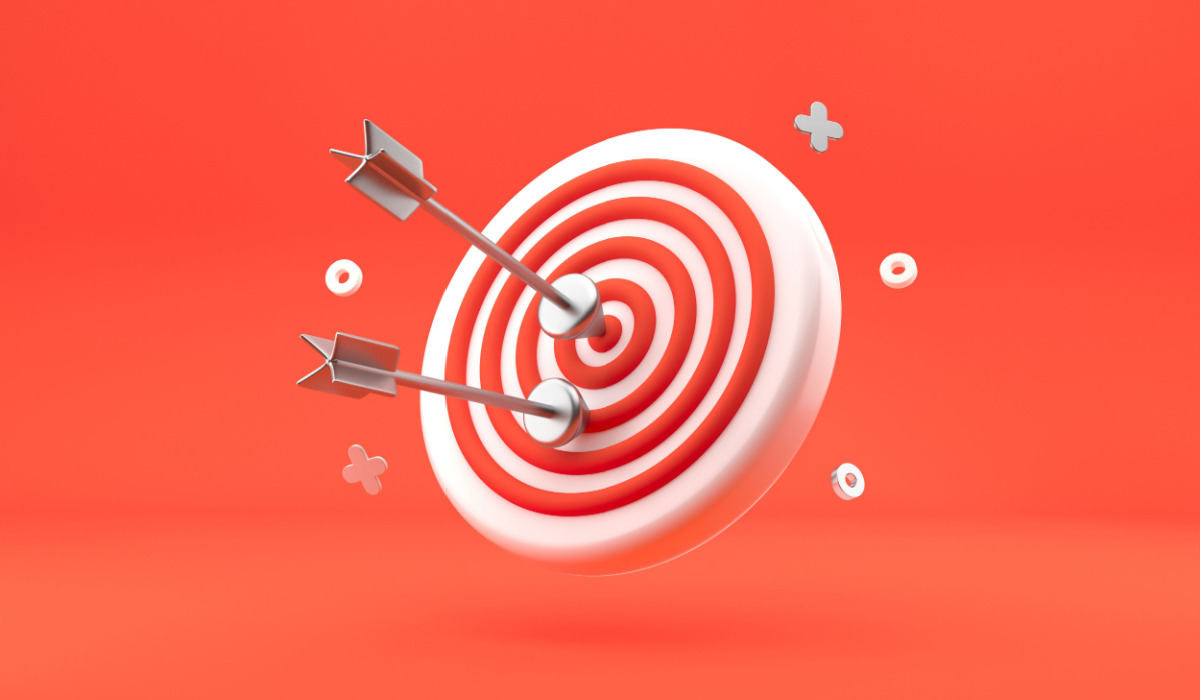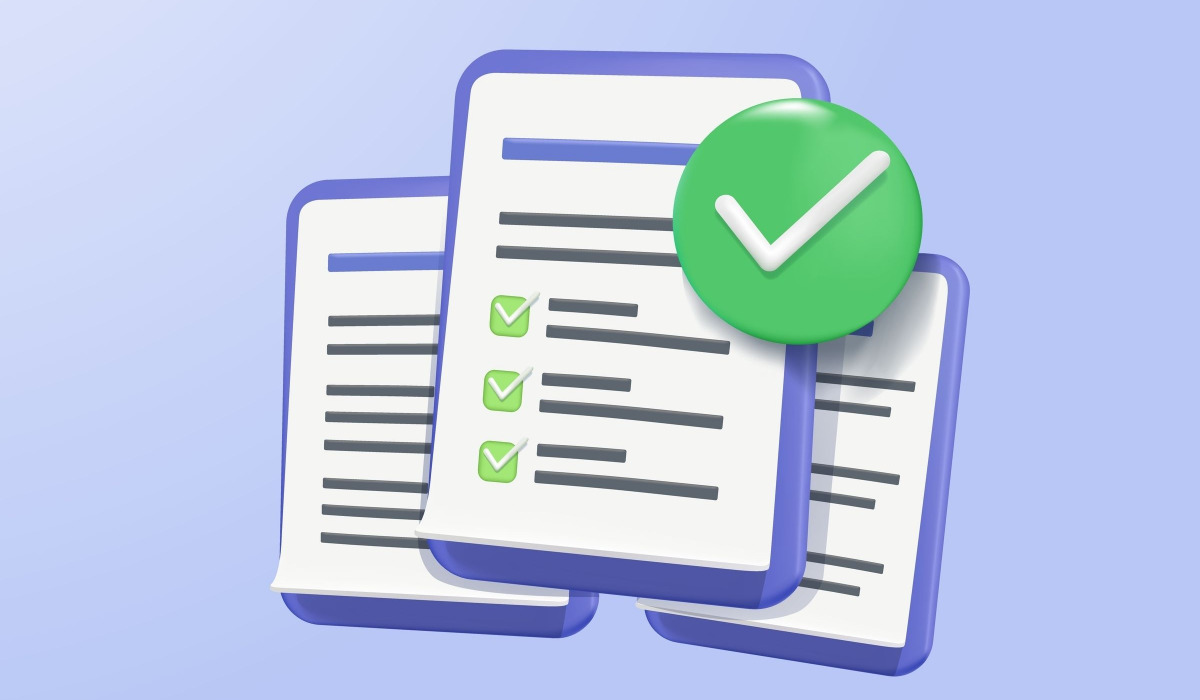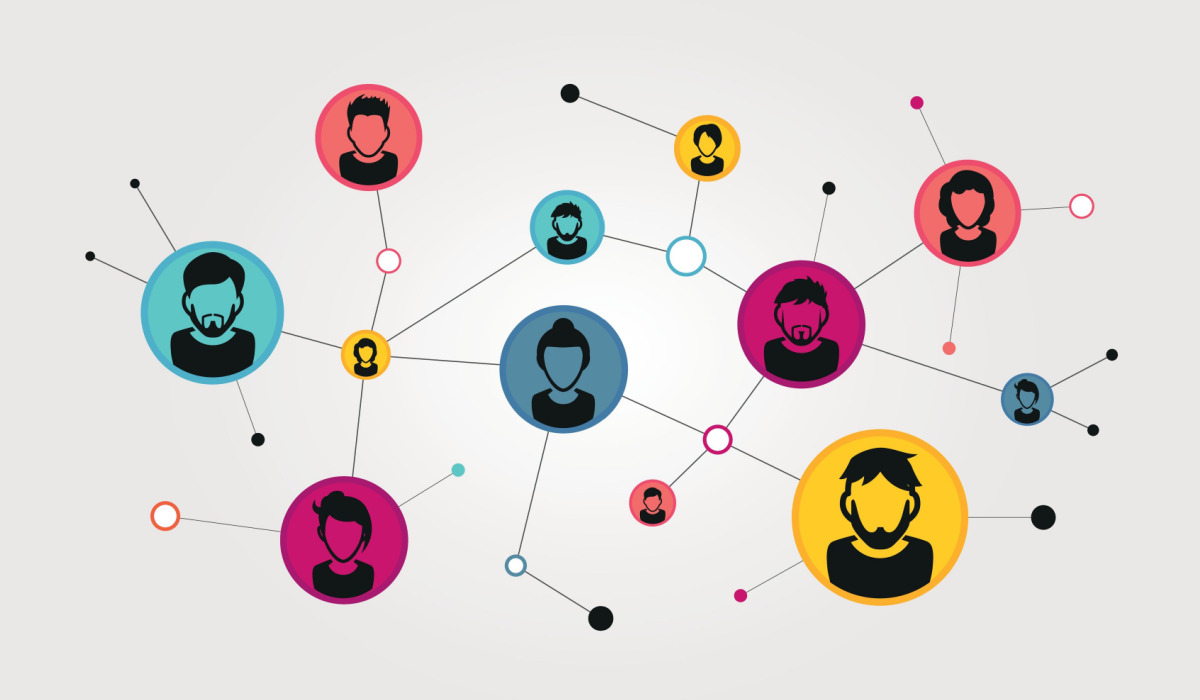Anxiety. Depression. Heart disease. Sleeping problems. Weight gain. Memory impairment.
A sorry list of symptoms, to be sure, and it’s a list that explains why you need an effective approach to stress. (More stress can mean more of the above nasties.)
In this post, I’ll combine loads of research with tangible tips on what you can do to manage stress in your life. Some of the answers–particularly my last point–may surprise you. Surprise or not, I hope they’ll help you.
But before you get to work on stress, let’s look (briefly) at how stress works in the body.
How Does Stress Happen?
Prolonged, chronic stress ratchets up your risk for those problems I listed at the top of this post, according to the Mayo Clinic. The people at Mayo also explain how stress works: When you’re threatened, a pair of glands on top of your kidneys dump out a slew of hormones, including adrenaline and cortisol (the main stress hormone).
These hormones up your heart rate, blood pressure, and blood sugar. And, since stress is your body’s way of kicking into fight-or-flight mode, the hormones dim the lights on the digestive, reproductive, and immune systems.
This is fantastic.
Why? Stress helps you respond to threats, directing your energy to the fight-or-flight response. Then, once a threat goes bye-bye, adrenaline and cortisol taper off, letting you relax.
If, however, you feel buffeted by stress that never lets up, you might never feel relief — a situation that keeps your blood pressure sky-high and your bodily systems suppressed. Such uncontrolled stress increases your chance of winning the nasty health problems lottery I started the post with.
So, what to do? Kill stress? No. Stress holds value because it helps motivate us to do things. The ideal level of stress lies somewhere between the boredom of “too little” and the insanity of “too much.”
Goldilocks would be proud:
You want enough stress that you’re motivated, but not so much that you’re ripped apart.
The problem is that a lot of us are way over the peak of that mountain, into high-stress territory. In this post, I’ll give you nine ways to hike back where you belong–a place where stress no longer weighs you down.
How To Deal With Stress
1. Strike a power pose
Power pose — does that sound silly? I don’t care, because it works. Sitting or standing in certain ways, ways that exude confidence, can relieve stress and help you feel in control.
It’s a bird, it’s a plane, it’s… a high-power pose conducive to stress management! (Image of Superman via Heroes Wikia)
I’m not BSing you. Researchers from Columbia and Harvard put out a study in the journal Psychological Science, where they looked at a simple question: Can open, expansive postures that express power actually cause power?
The experiment wasn’t complicated. Researchers brought participants into a room and moved their arms and legs into the right position, either a high-power or low-power pose. Here are the poses they used:
The study looked at a few cool things, but I want to focus on the bits relevant to stress. The researchers swiped samples of the participants’ spit before and after the test. This let them measure how much of the stress hormone cortisol each participant had before and after striking their poses.
The result? High-power poses meant less cortisol, and thus less stress:
You only have to hold the pose for a minute or two. That’s all the participants did, and their cortisol levels fell in around 15 minutes.
To learn more about this research, try the following:
- Watch Amy Cuddy’s TED Talk, “Your body language shapes who you are.” She’s one of the authors of the study.
- Read the study itself. It’s only six pages, and it’s pretty easy as far as academic writing goes.
- This article from the Wall Street Journal investigates some other pros of power posing. It’s a light yet informative read.
2. Get perspective and look at the big picture
I know this one is a cliche–look at the big picture and let your stress wash away–but I want to take a closer look. There are more pixels to this image than you’d think.
What do I mean by getting perspective on stressful events? TIME Magazine puts it well:
“Research shows that reminding yourself how unimportant the event is in the big scheme of things is a better tactic.”
Let’s glance at some of the research on this. There’s some punch behind the cliche.
A 2006 study by scientists at Yale and the University of Colorado peered into how being aware of your overarching values can beat down barriers. In the experiment, they asked students in a classroom to write about things that they valued–religion, talent, family, etc.–before working on a class assignment. This exercise boosted achievement for many students.
A similar experiment singled out women in a college physics course. At the beginning of a semester-long class, women in the experimental group were told to write about their values. As a result, the study says, the average grade for this group rose from the C range to the B range.
In both of these studies, participants consciously considered their big picture values, which helped put minor stresses into perspective.
Thinking about what you value is one practical way to see the big picture.
Writing at Tiny Buddha, Francis Tapon explains two other tactics, which together form what he calls the “Pilgrim’s Perspective” (I encourage you to read his full post when you have time):
- Perspective of Space: When stressed, imagine that you’re filming yourself. Then pull back the camera to see an ever-bigger view: the whole room, the whole building, the whole street, the whole city, the whole country, the whole planet, the moon and Earth, our solar system, even the entire Milky Way Galaxy.
- Perspective of Time: When stressed, close your eyes and fast-forward in time, in ever-bigger increments, to see how little harm this supposed stress will cause you in the long term.
Ruminating on how stressed you feel just sets you up for more stress, which is why perspective helps. I like what comedian Mindy Kaling has to say:
Going on and on in detail about how stressed out I am isn’t conversation. It’ll never lead anywhere. No one is going to say, “Wow, Mindy, you really have it especially bad. I have heard some stories of stress, but this just takes the cake.”
3. Laugh
When stress claws at me, I sometimes have to chuckle.
There are times when I stand by my desk, muscles clenched and head pounding, feeling assaulted by the demands of life as I rush to crank out a blog post or feature article. Then I realize how ridiculous the whole situation is, and I laugh.
Research says that I should keep laughing. The Mayo Clinic writes that laughter can “stimulate circulation and aid muscle relaxation, both of which help reduce some of the physical symptoms of stress.”
I’ve got more proof. A group of professors at Western Kentucky University wanted to see how laughter played with stress. The divvied their study participants into two groups: one half watched a comedy video, while the other half served as a control group and watched a video about tourism.
The people who watched the comedy video were less stressed.
But the power of humor doesn’t end there. Among those who saw the funny video, the study’s authors write, “increased mirthful laughter, as measured on the , correlated with decreased stress scores.”
It’s true that correlation doesn’t necessarily mean causation. But it’s an interesting addition to the piles of stress-comedy research.
Here’s an a la carte line of studies looking at how comedy pops the stress balloon:
- A meta-analysis of 49 studies in the Journal of Managerial Psychology found that (respectful) humor in the workplace puts a dent in burnout and stress.
- Researchers at the State University of New York told 80 participants to watch a stressful silent film (the video showcased three nasty sawmill accidents, so it was no Sunday picnic). They also had the participants narrate the film: half were supposed to deliver a serious monologue, while half were told to say humorous stuff. Those told to be funny were less tense afterward.
- The American Journal of the Medical Sciences reports that study participants who watched a comedy video has lower levels of the stress hormones ACTH and cortisol than a control group.
- Humor that helps you put things in perspective helps you recover from stress, according to a pair of studies published in the Journal of Social and Clinical Psychology.
- A little study out of Miami University interviewed women confronting the challenge of caring for both young children and chronically ill parents. “Participants revealed that using humor and laughter, they could gain a fresh perspective on an otherwise very stressful situation,” the study says.
- A 2011 study from Psychology in Spain found that participants’ anxiety went down if they watched a funny video.
Whether you giggle or guffaw, get a way to get a laugh. Comedy helps you cope with stress, and, even if all of these researchers are wrong, the worst case scenario is that you spend some time watching reruns of The Colbert Report.
So go ahead. Laugh your way to a low-stress life, starting with this bit from Louis CK:
4. Watch videos of cute animals
Your front-line stress-war soldiers can be fluffy little mammals on YouTube.
It makes sense, right? Cute animals create a warm and fuzzy feeling. It’s hard to be stressed when there’s a teeny little puppy with big floppy ears rolling around on the carpet.
I swear I’m not making this up. Many universities spend money on therapy dogs to help students deal with stress. Especially amid the strain of finals week, furry friends help people loosen up.
And some campuses don’t confine themselves to dogs. One school has a fluffy chicken with its own Twitter account:

You can guess what’s next: the science, the research, the proof. One paper from Frontiers in Psychology reviewed 69 studies and concluded that interacting with animals lowers fear and anxiety for people. Part of the reason for this lies in oxytocin, a hormone that, among its other jobs, reduces stress. Interaction with animals pumps more oxytocin to your brain.
It even goes both ways: contact with humans helps dogs lower their stress.
Not everyone has a puppy (or a chicken), though. But that’s fine: you don’t even need to interact with an animal to get these benefits.
That’s the word from Queen’s University Professor Deborah L. Wells. She ran an experiment where she showed participants videos of animals, including birds, fish, and primates (two control groups watched videos of humans or a blank screen). Wells found that, when confronted with a stressful activity, the animal-watchers dealt with it better:
“The video recordings of the animals appeared to buffer the participants from the stressor. Thus, individuals exposed to the videotapes of birds, fish and primates, showed significantly lower levels of heart rate and blood pressure … the results from this investigation show that visual stimulation can by itself buffer people from cognitive challenges.”
Isn’t that just happy? Next time you’re stressed, find a video of a cute animal, watch it, and let the good feels roll.
You can start with my new Internet pal, Flex the Yorkie. The video is just 30 seconds:
5. Meditate
Mindfulness meditation can quell your qualms. A longtime practice in Eastern spiritual traditions like Hinduism, Daoism, and Buddhism, meditation has become more popular in the Western world. While it has a range of health benefits, I want to focus on the stress management aspects.
Perspectives on Psychological Science defines mindfulness:
“In current research contexts, mindfulness is typically defined as nonjudgmental attention to experiences in the present moment.”
I find that taking several deep breaths can help me refocus and keep stress under control. That’s a small instance of mindfulness.
When you meditate mindfully, the goal is to exist in the present, without brooding about the past or worrying about the future. I think a lot of stress stems from those things, so it makes sense that cultivating mindfulness helps people deal with stress.
A 2013 study in the Journal of Clinical Psychiatry found that mindfulness meditation lowers anxiety. A 2007 study discovered that mindfulness-based stress reduction, a mindfulness program created by a University of Massachusetts professor, reduces levels of cortisol and reported stress.
A 2014 meta-analysis of 47 studies came to the conclusion that mindfulness meditation lowers anxiety and stress.
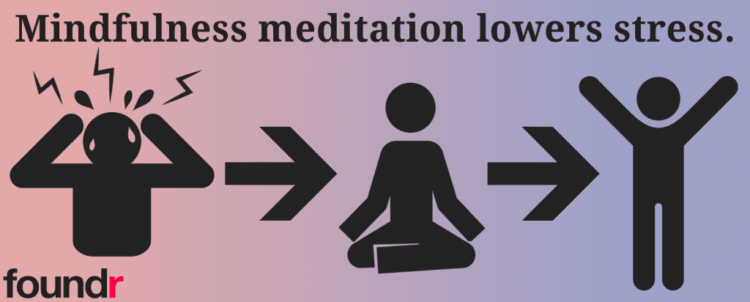
Several companies see its benefits and offer ways for workers to meditate, including EBay, Google, Twitter, and the Huffington Post. (Arianna Huffington herself raves about meditation — learn more in our July 2014 issue of Foundr Magazine.)
The authors of a 2004 meta-analysis that looked at 20 of the best studies write:
“Our findings suggest the usefulness of as an intervention for a broad range of chronic disorders and problems. In fact, the consistent and relatively strong level of effect sizes across very different types of sample indicates that mindfulness training might enhance general features of coping with distress and disability in everyday life, as well as under more extraordinary conditions of serious disorder or stress.”
Mindfulness meditation is a powerful antidote to worry and distress. I’ve assembled a short list of links that can help you get started:
- Audio: UCLA offers free guided meditations online. I recommend starting with this five-minute breathing meditation. Seriously, why not try it right now?
- App: Headspace, an app for iOS and Android, guides you through meditations.
- Article: The Mayo Clinic has a quick list of mindfulness exercises.
- Module: The University of Minnesota offers a free mini-course on meditation. This is great if you have a little more time to spend learning and practicing. You don’t have to do it all in one sitting.
6. Smile
Simply smiling helps stress simmer down. I know that this sounds too simple, too cliche. But like high-power poses and laughter, smiles work.
Psychologists at the University of Kansas ran an experiment where they had some participants smile and others hold a neutral expression. Then the subjects had to run through two stressful tasks: One involved tracing a star with their non-dominant hand while only being able to see a mirror image of the star. In the other, participants had to plunge their non-dominant hand into a bucket of frigid ice water and hold it there.
The scientists measured the participants’ cardiovascular activity and found that those who smiled during the star-tracing-and-ice-water routine had lower heart rates than those who hadn’t smiled.
Lower heart rates generally mean you’re less stressed, so it seems that smiling can help you deal with stress.
Here’s one more interesting bit from that study. Among the participants who smiled, those who smiled with muscles around both their mouth and eyes–a full-face, Duchenne smile–had heart rates that were even lower than those who just smiled with their mouths.
Another study saw scientists inject Botox into depressed participants to stop them from frowning. After several weeks, researchers compared the Botox group to a control group that hadn’t been prevented from frowning. In the control group, 7% of people had begun to recover from their depression. But for the Botox group, that number was 27%.
There are two takeaways from this second study:
- Avoid frowning.
- Facial expressions are powerful. This lends some more credence to the study on smiling.
A simple smile can move the mountains of stress aside, letting you glide through.
Bottom line: more smiles, less stress.
7. Exercise
This one’s a gimme. You’ve likely heard over and over again that exercise reduces stress. Still, let’s look closer.
I know the point about animals has come and gone, but let’s briefly bring our furry friends back: a 2011 study found that running reduces stress for mice.
Jerry is human enough, so running must also reduce stress in humans, right? Right?
It’s not a uniquely mousey thing, either. Exercise can work for you, tail or no tail. The Week writes:
“When you’re feeling stressed, going on a long run is perhaps one of the best things you can do to soothe frayed nerves.”
But why does exercise reduce stress? There are a few potential explanations:
- Endorphins. The Mayo Clinic says that when you exercise, your brain makes lots of endorphins, chemicals that make you feel good, good, good.
- Norepinephrine. Well, that word is a mouthful–thank you science. You can also thank science for investigating the relationship between this brain-made chemical and exercise: it seems that working out releases more of the chemical, which helps you deal with stress.
- Practice. Exercise gives your body an opportunity to practice responding to stress, which makes it more efficient at doing so, according to the American Psychological Association.
To exercise is to move your body. There are so many ways to do it. The Stress Management Society says that you should keep two things in mind:
- Do something fun. Find a sport or exercise that you enjoy.
- Don’t rush beyond your limits. To stay safe when exercising, take things slowly at first.
The Internet is full of exercise resources. Here are a few articles that may interest you:
- Running Tips for Beginners
- Strength Training 101: Where Do I Start?
- 10 Fun Sports that Burn Calories
- How to Start Exercising When You’re Already Overweight
8. Unplug from technology
Technology is amazing. Email lets us write back and forth instantly to communicate across distances where mailing a letter was once the only option, one that took days or weeks. Cellphones do that and more, having become small computers in this age of the smartphone. The Internet as a whole lets us communicate faster and in more ways than ever before.
But we all know that this constant communication can stress us out. That’s not flawed intuition–it’s proven fact.
The Journal of Occupational Health Psychology explains that relaxation reduces job-related stress. An important part of relaxing is having control over your leisure time, but that control can be undermined by incessant demands from a digital device.
A study of working couples demonstrated that cellphones make anxieties about work more likely to spill over to home. CBS explains:
“The results, published in the Journal of Marriage and Family, showed that increasing use of cell phones and pagers was linked to a decrease in family satisfaction and increased stress over a two-year period.”
Cell phones left people chained to work, and it’s not hard to see how this idea extends to other situations. Let’s say you run your own business, and work is at home. You still need leisure time to relax, but if you’re hitched to your phone, you’ll likely get the same stressful spillover effect.
Another study found that young people who use cell phones a lot have more stress.
Here’s the actionable advice: to lower stress, find times of the day when you can turn your phone off.
You might not even have to go that far. I’ve found that I often have my phone sitting next to me when I write, which can stress me out. But just moving it to a table a short ways away relieves the stress. Is that silly? Maybe. But it works.
Of course, what’s true of cell phones holds true about that bane of productivity, that reviled void of stress: email.
Over 195 billion emails are sent and received across the globe each day. That’s a deluge that can stress people out, and it’s only going to grow:
This graph shows how many emails business users send/receive each day. As that number grows, it become ever more important to take time to unplug.
One paper details an experiment in which a group of workers went email-free for a week, with the predictable result that their stress levels fell.
Sure, that’s not realistic. But you can limit your email use. In another experiment, appropriately titled “Checking email less frequently reduces stress,” employees were told to check their email no more than three times per day. This, too, helped them relax.
To reduce stress, limit how many times per day you check your email.
9. Change your perspective on stress and see it as your friend
Entrepreneurs often pivot, changing their business strategy in light of new information to meet their goals. You need to do the same with your personal strategy, because most of what you think about stress is wrong.
Throughout this article, I’ve mentioned reducing or lowering stress, but that kind of rhetoric isn’t quite right. Stress isn’t necessarily bad.
The best explanation of this that I have ever seen comes from Kelly McGonigal in her TED Talk, “How to make stress your friend.” You should watch it.
I’m serious–watch this talk. It’s only 14 minutes and 28 seconds, and it will change your life (I don’t say that often).
No, really. I see you, sly skim-and-scroll blog reader, and I see what you just did (well, what most of the people reading this post just did). Scroll back up and watch the TED Talk. My writing will stay right where it is, and McGonigal reveals something more important than anything I have to say. I can wait. I promise.
Done watching it? Awesome!
McGongial argues that stress itself isn’t bad. If you shift your mindset to see stress as a helpful force–your body gearing up to seize the day–then stress no longer harms your health. I love how she explains it:
“I no longer want to get rid of your stress. I want to make you better at stress … Hopefully the next time your heart is pounding from stress, you’re going to remember this talk and you’re going to think to yourself, this is my body helping me rise to this challenge. And when you view stress in that way, your body believes you, and your stress response becomes healthier.”
She wants you to get better at stress. Spot on.
Think of stress like food. Too much stress will put metaphorical weight on your shoulders, and too much food will put literal weight on your body. There’s an optimal amount of both food and stress. Beyond that quantitative view, however, there’s a qualitative component. In the same way you need the right kinds of food to stay healthy and feel good, you need the right approach to stress: be friends with it.
Stress, then, is a neutral force. You can use it for good or bad, productivity or pain.
Stress is a means to an end. You have to decide whether that end will be motivation or anguish.
What McGonigal talks about has to do with the two kinds of stress (yes, there are tow kinds): eustress and distress.
- Eustress: Good stress. It motivates you to get work done.
- Distress: Bad stress. It saddles you with worry and frustration.
I want to direct your attention back to a graph I included near the beginning of this post:
Eustress (the good kind–think euphoria) builds us up, boosting our performance to bring us to the optimal zone of stress. But when distress hits, you topple and tumble forward down the line to the right side of the graph–into a land of high stress and low performance.
All of the so-called “stress-reducing” techniques I talked about in this post are really just effective way to reduce distress. Use them to get to optimal stress.
Stress is a gift. It gears you up for the challenges of life. Just make sure you’re not getting too much of a good thing.
Dealing With Stress
I hope you found this post helpful! I aimed to get you up to speed (and give you loads of research) on some of the best ways that you can deal with stress to improve your life and be more successful:
- Strike a high-power pose.
- Look at the big picture: your values and the grand scheme of time and space.
- Laugh.
- Watch videos of cute animals. Seriously.
- Meditate.
- Smile.
- Exercise.
- Take time to disconnect from technology.
If you found the post helpful, then it would be awesome if you shared it. That way, your friends can see the same evidence-based advice for finally dealing with stress.
